Alan Titchmarsh: The unwritten rules of choosing planters for your garden
Gardener, writer and broadcaster Alan Titchmarsh shares the secrets of what planters to buy — and what plants to put in them.

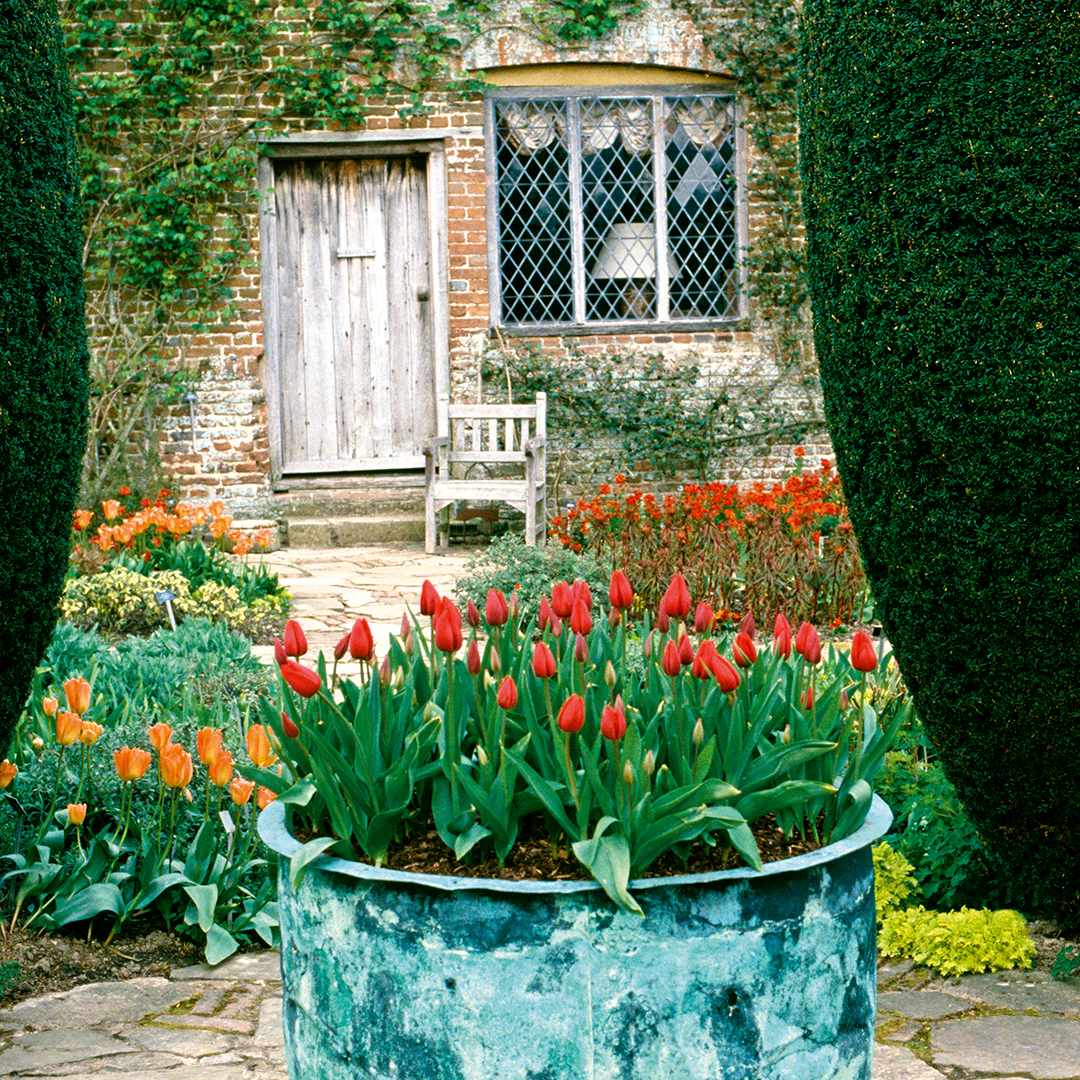
It never ceases to amaze me, when I watch Kevin McCloud’s Grand Designs, how people with astonishing imagination and style when it comes to designing the house of their dreams completely lose the plot when it comes to the area of earth immediately alongside it. You could put this down to lack of funds (the house has not yet been built that did not wildly exceed its budget), but, if that is the case, a plain sweep of turf, gravel or cobbles would surely be more complementary to the breathtaking architecture than two shiny blue ceramic pots on either side of the front door, each containing a weedy olive tree. Yet pots and containers can tax the judgement of any gardener.
I must come clean and admit that, 20 or 30 years ago, I did find blue ceramic planters rather attractive. I won’t use the words ‘cutting edge’, for they were never quite that, but now they are about as fashionable (and acceptable) as pastel-shaded paving in a mixture of dusky pinks and greens and yellows. They look, well, naff.
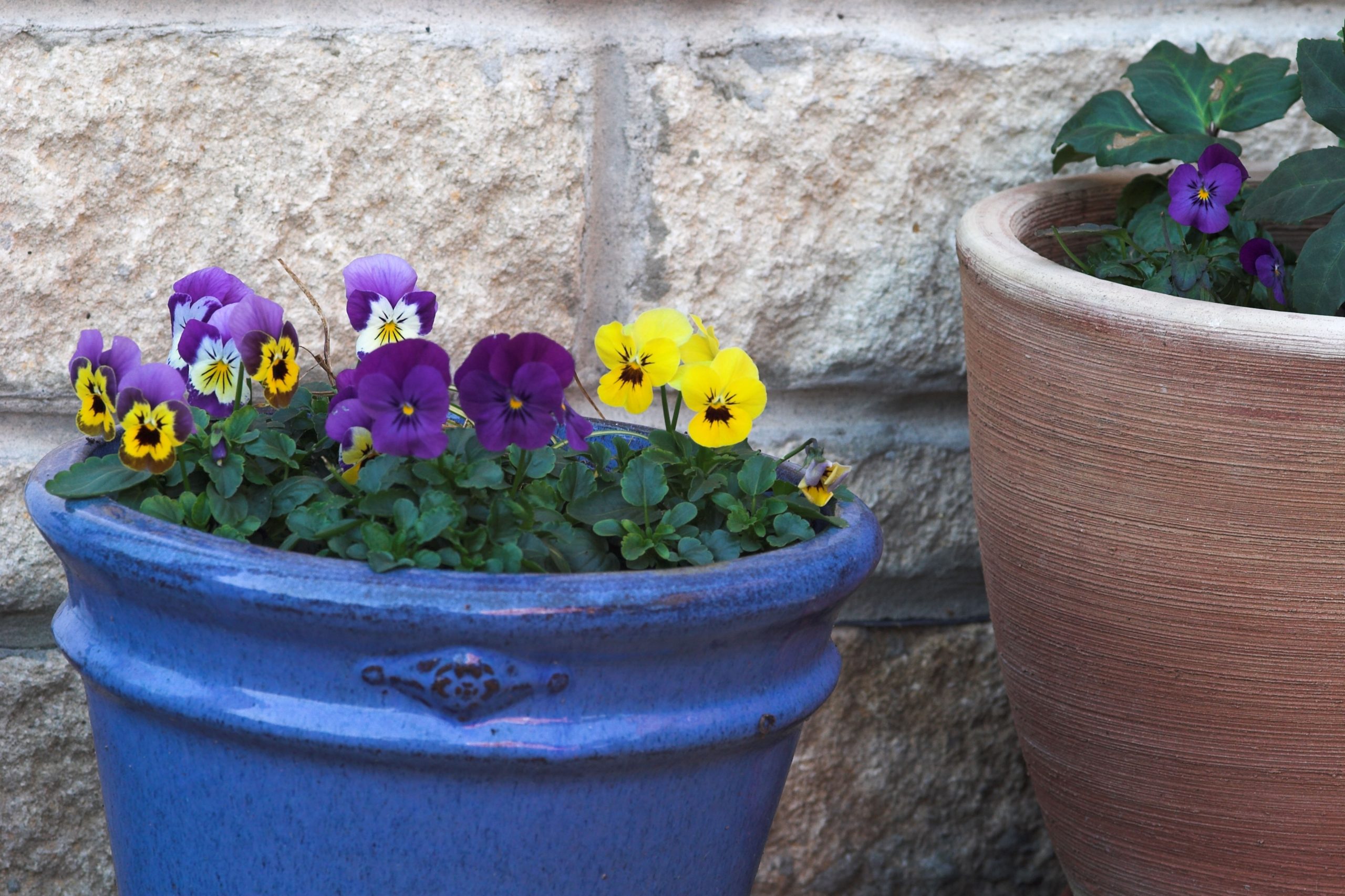
Now, you have an elegant dwelling; it may be Brutalist, it may be Queen Anne vintage. What do you choose in the way of containers to sit on your terrace?
One factor rules whatever the style of garden: containers should be large. This is no personal whim — there are practical reasons for this edict. Large containers dry out more slowly than smaller ones, so plants are happier within the confines of a greater body of compost that will stay cool and damp far longer than tiny pots that cook in the sunshine. A good watering on a summer morning will see the plants through the hottest days until you return from work or play. The weight of a hefty pot or tub will anchor small trees and clipped evergreens, which might otherwise blow over in the gentlest of breezes.
"Lead planters are expensive, but they will last forever and the children can send them to Sotheby’s when I’m gone"
It also has to be said that lots of little pots — apart from making you a slave to the hosepipe and watering can — look messy, as does a higgledy-piggledy mixture of different materials.
Plastic seldom looks elegant, but containers made of what the manufacturers call ‘faux lead’ can fool anyone further away than a few feet and they are less expensive, too. If funds are short, they would be my choice.
There are also various composite mixtures that have the appearance of slate (I suspect a mixture of cement and recycled plastic) and which have the added advantage of durability. I speak as one who has splashed out on real lead for the water butts around our Georgian farmhouse and on a number of square planters as homes for rhododendrons and azaleas that loathe my chalky earth. They are expensive, but they will last forever and the children can send them to Sotheby’s when I’m gone.
Exquisite houses, the beauty of Nature, and how to get the most from your life, straight to your inbox.
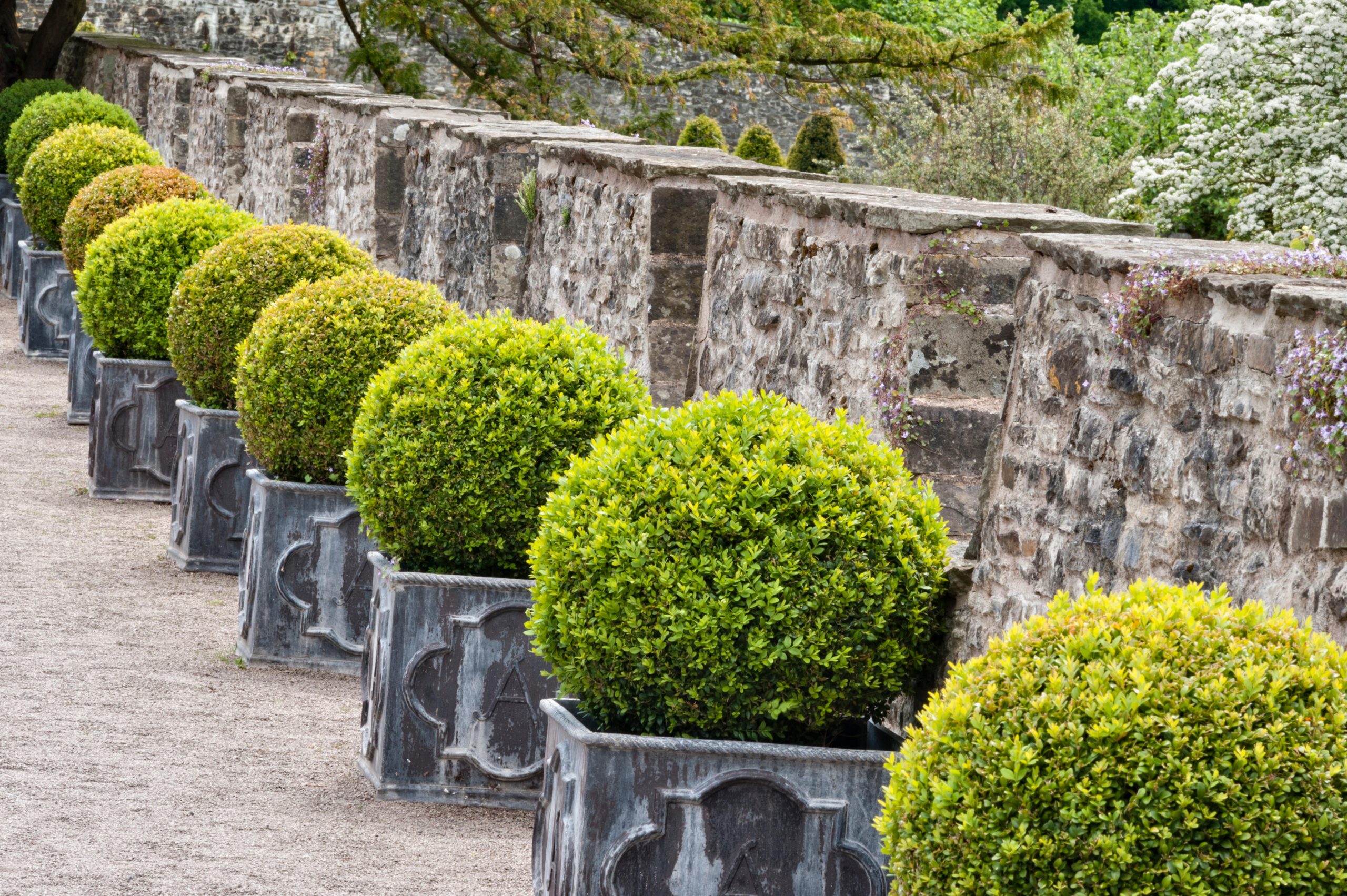
Square wooden tubs — especially the Versailles type with metal straps — look a million dollars, but they need to be made of hardwood and fitted with a metal liner if they are not to rot in five or 10 years.
"The urn looks shabby chic at the moment, but the time will come when I will have to sweep it up"
Terracotta is natural, but choose carefully to avoid those examples that are a lurid shade of orange. Cheap terracotta tends to crack and shatter in severe frost and, even when a terracotta pot is described as ‘frost resistant’, nothing can stop the compost inside swelling when frozen and cracking the pot. Jim Keeling at Whichford Pottery in Warwickshire makes durable examples from British clay and, if you fancy pots and urns of a gentler, buff-orange hue, Italian Terrace has a large selection that, with me, have now weathered 15 winters without any sign of deterioration.
When it comes to ceramics, I do have one large, grey Anduze urn that is home to a clipped box duck (we’ve had him a long time, he’s part of the family now), but Anduze is in southern France and Hampshire does not have such a mild climate. Bit by bit, the rim is flaking away and, although the urn looks shabby chic at the moment, the time will come when I will have to sweep it up.
Not so the three or four ancient stone sinks positioned on the shady side of a flint wall, filled with ferns. These old cattle troughs will, like the lead cisterns, see me out and I am happy to be a part of their history. Farm sales can still offer the odd one or two, although prices have certainly risen. Durable containers can prove expensive, but, as a friend of mine says, ‘cheap is dear’.
Marigolds, Myrtle and Moles — a Gardener’s Bedside Book by Alan Titchmarsh is out now.
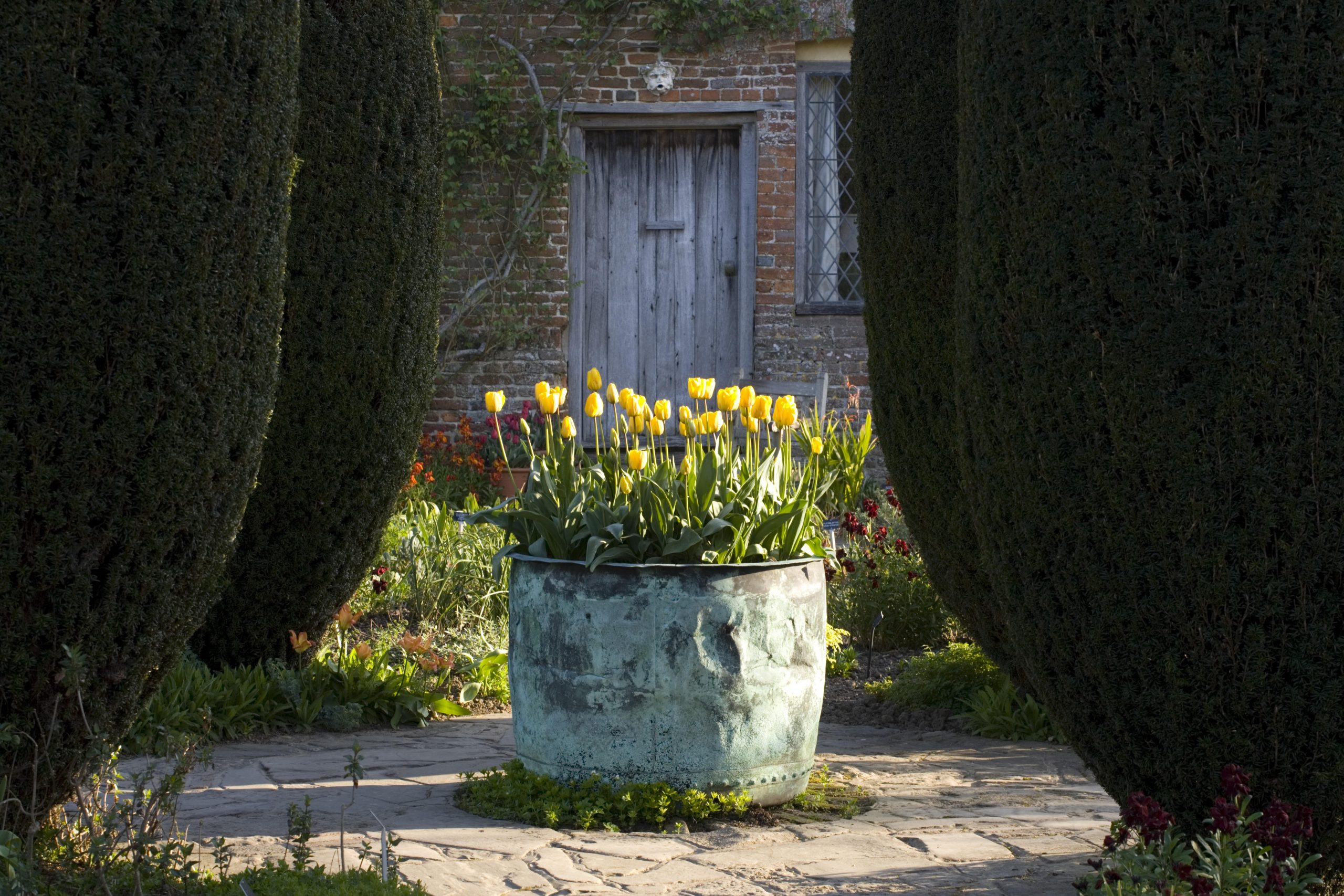
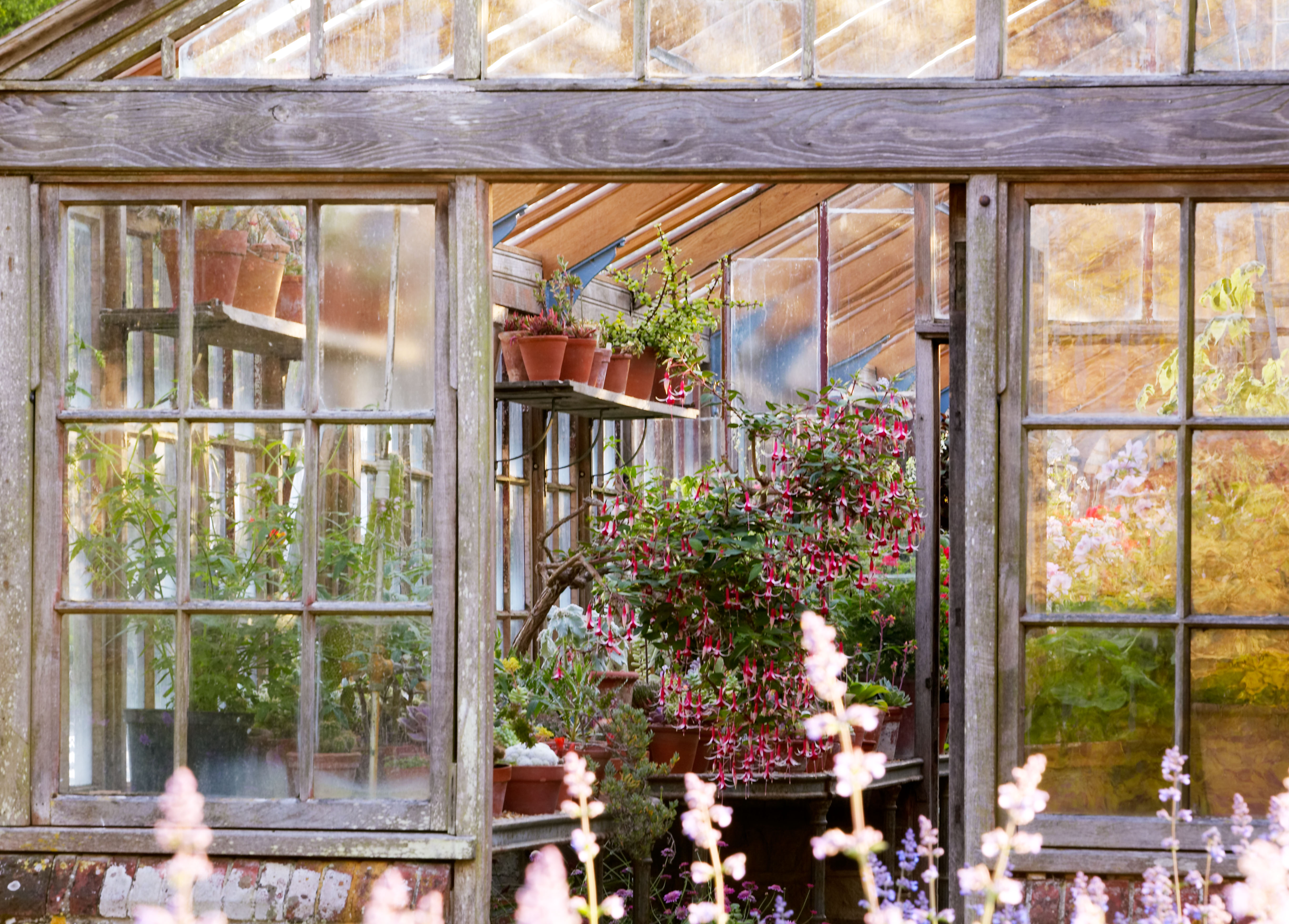
Credit: Alamy
Alan Titchmarsh: How to master the fine art of pottering
As time opens up for all of us to spend more time in the garden, Alan Titchmarsh offers his tips
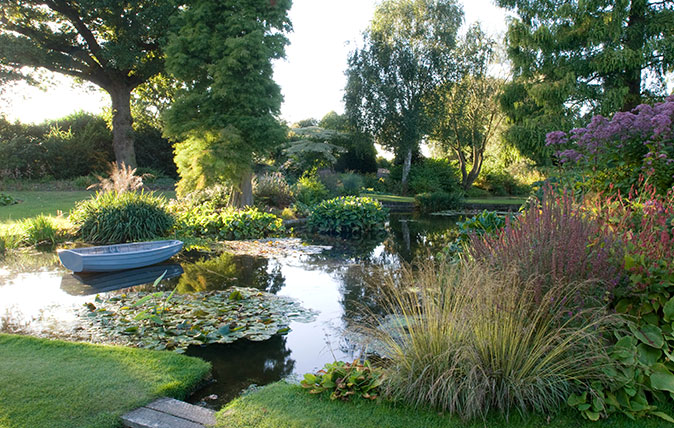
Alan Titchmarsh: How to keep a perfect pond
Alan Titchmarsh says that now is the time to clear out the weeds and keep your pond in top condition
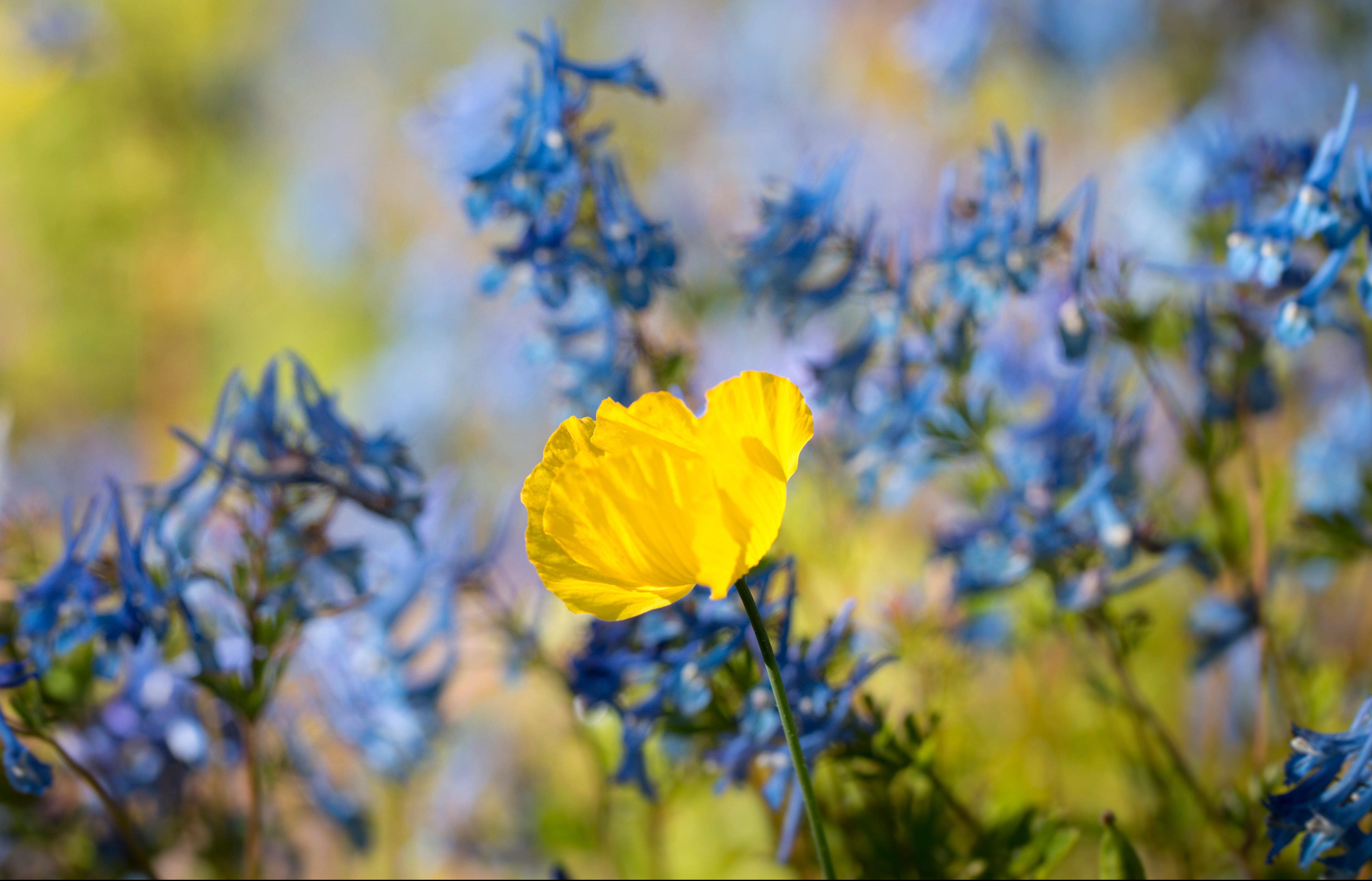
Alan Titchmarsh: The weeds I welcome with open arms
Our columnist Alan Titchmarsh used to spend hours ridding his garden of anything he hadn't planted himself. These days he
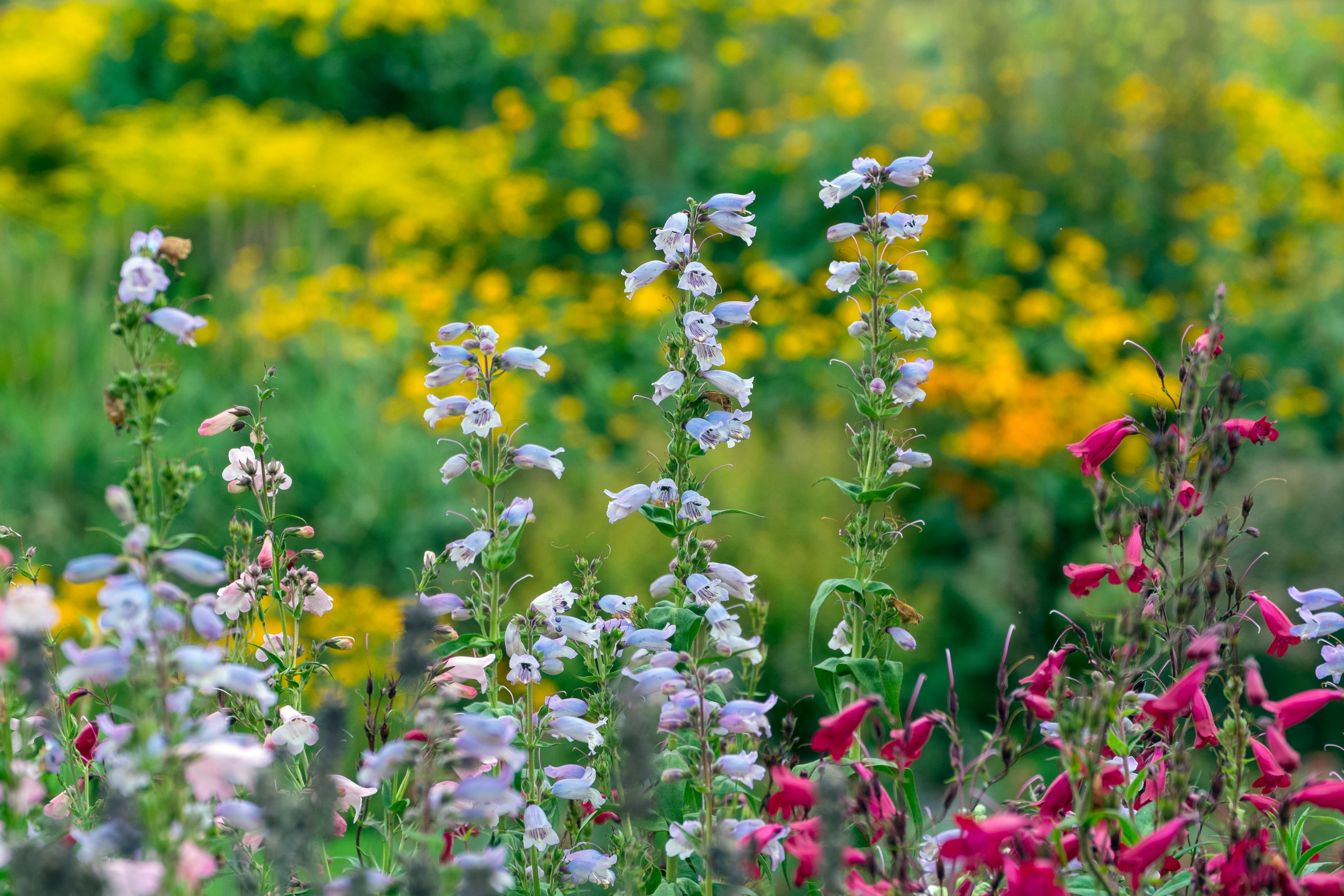
Credit: Gary K Smith / Alamy
Alan Titchmarsh: The ultimate flower for the lazy gardener
Penstemons are easy to grow, hardy, and flower for months — even the slugs don't both them. They might just be
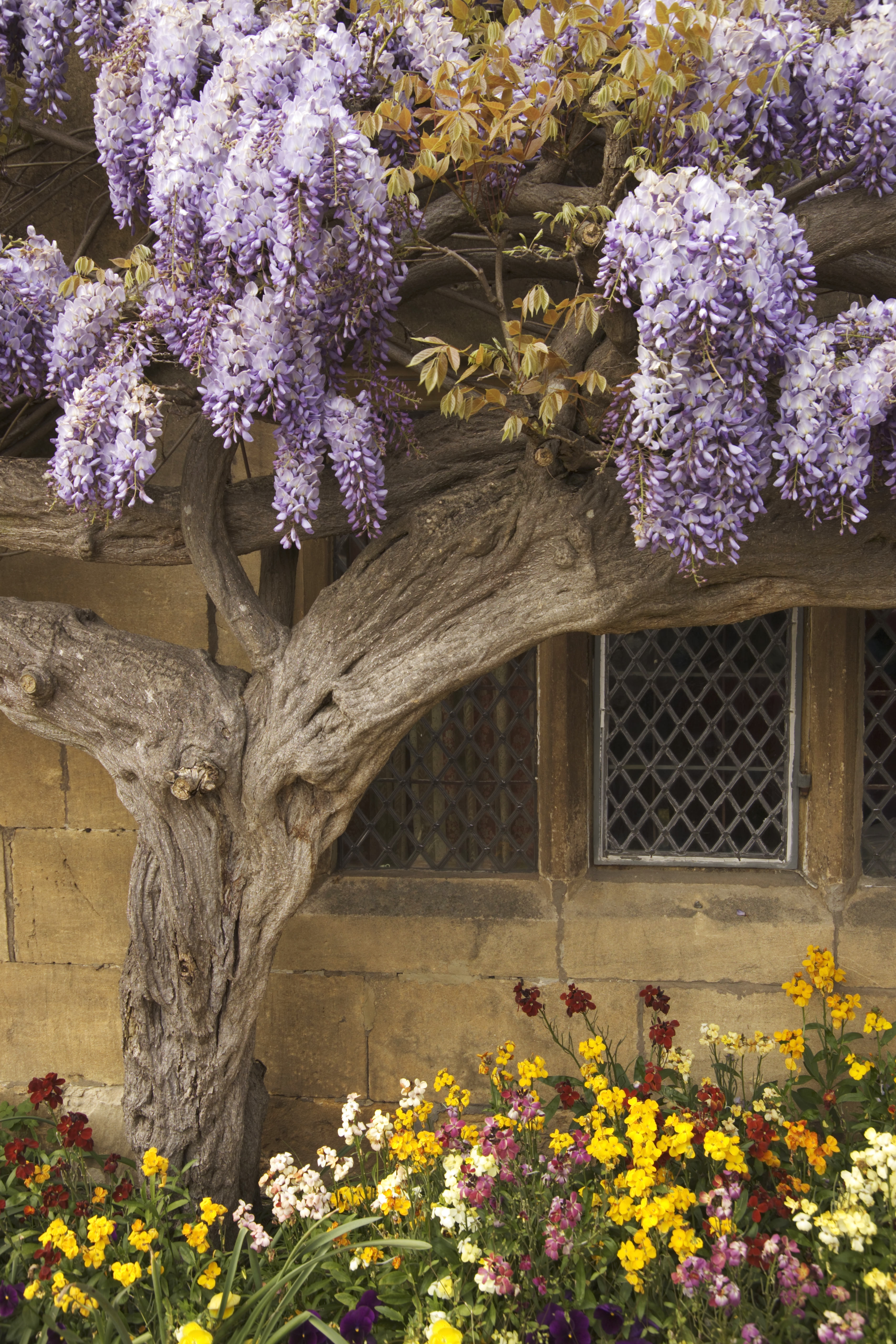
Credit: Getty
Alan Titchmarsh: A foolproof guide to growing wisteria
If you've been enviously eyeing the extraordinary wisteria on display across Britain this summer and wondering how you can grow
Alan Titchmarsh is a gardener, writer, novelist and broadcaster.
